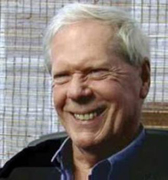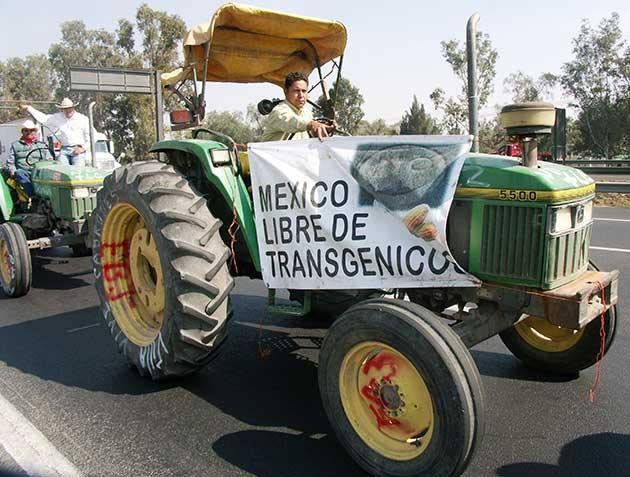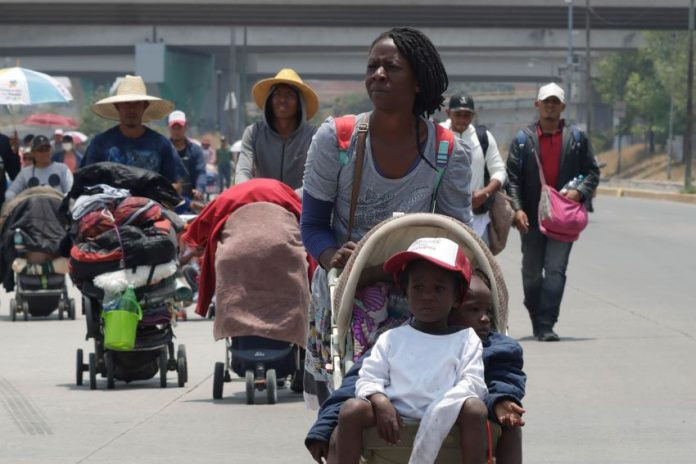NOTE FROM THE EDITOR:
The content in this article does not represent the views of El Reportero or its staff, it is the opinion of the writer.
by Paul Craig Roberts
June 27, 2024 – Has anyone noticed that Putin is conducting his “limited military operation,” by which he means limited to Donbas and the former Russian territories that are again part of Russia, as a response to US/NATO/Ukrainian initiatives? When the Russian military strikes outside the limited combat zone, it is usually a response to a Ukrainian strike into Russia out of the combat zone. After 2.5 years of conflict, Putin has made no effort to win the war. He doesn’t even seem to understand that Russia is at war, not engaged in a limited police action.

Putin has left the Ukrainian government in functioning order and has not interfered with Zelensky’s ability to continue the conflict. Kiev is intact. The government in Kiev is intact. Nothing has been done to close Ukraine’s borders from Western armament supplies. The entire initiative of the conflict is with the West. The West acts, and Putin responds. There are no Russian initiatives. Indeed, Russia was forced into the conflict by the West’s initiatives.
This is not the way to fight a war.
It is Putin’s refusal to fight and win a war that is causing the enormous expansion–the ever widening–of the war.
Notice that the Kremlin’s response to the US missile attack on Crimean civilians and a public beach is to call in the American ambassador and complain, to investigate, to send condolences, not to destroy and occupy Kiev. After all this time haven’t the Russians learned that no one pays any attention to their complaints? Why does Putin think he can shame the shameless West? Why does the Kremlin worry about over-responding to attacks? https://sputnikglobe.com/20240627/putin-will-not-take-the-bait-russia-will-respond-prudently-to-crimea-attack-1119148707.html Washington doesn’t worry about over-provoking Russia.
Let me be clear, I am on humanity’s side. I don’t want nuclear war. Putin should never have entered a conflict when he did not intend a quick victory before Washington/NATO could get involved and widen the war.
Now that French troops are in Ukraine, now that US/NATO personnel are conducting the targeting of the US long-range missiles on Russian civilians, and now that Russia is faced with the likelihood of NATO troops entering Ukraine, Putin’s response is to play into Washington’s hands by speaking of bringing North Korean troops into the conflict. Imagine the propaganda damage. North Korea is even more demonized than Russia and Putin.
Why does Putin want to widen the conflict instead of quickly winning it?
Is the reason that his central bank director convinced him Russia lacked the resources to conduct a real war? Is this why Putin endlessly emphasizes Russian nuclear capability? Does Putin lack the resources to conduct conventional war? With his central bank director’s 16% interest rates hindering the Russian economy, perhaps it is so. Putin’s central bank director left Russian central bank reserves in Western depositories where Washington could seize them. Was this incompetence or an act of treason? Washington has decided that the interest income earned by the seized Russian central bank reserves will be given to Ukraine to continue the war. So Russia’s own central bank reserves are financing Ukraine’s ability to conduct war against Russia.
When the Soviet Union collapsed, Russia, especially the youth, were corrupted for years by Washington’s propaganda. They lost their national consciousness and became “citizens of the West.” Has Russian youth escaped from this delusion, or does it still rule?
The question before us is: Does Russia have leadership capable of comprehending that Russia has an enemy intent on her destruction and dismemberment, or will the Kremlin finally realize this at the last minute, too late to avoid nuclear war?
It is extraordinary that the fate of the world rests on Russian misperception and inadequate response to the West’s intent. As a result of Putin’s inability to act decisively, he was drawn into a conflict that has become open-ended, involving, at least in plans, troops from foreign countries. To pretend that such a conflict is a “limited military operation” is an act of irresponsibility, even evidence of reality denial.
Russia is at war with the West. She got there because she refused to acknowledge the fact. Grasping reality remains a challenge for the Kremlin which continues to enable the Ukraine conflict to spin out of control rather than use the force to decisively terminate the conflict before it ends in World War III.
Russia Considers, Russia Considers, but Never does anything.
And so the provocations continue and worsen and “are edging closer to the point of no return.”
Does it ever occur to the Kremlin that doing something, rather than “considering,” might stop the march to the point of no return?













